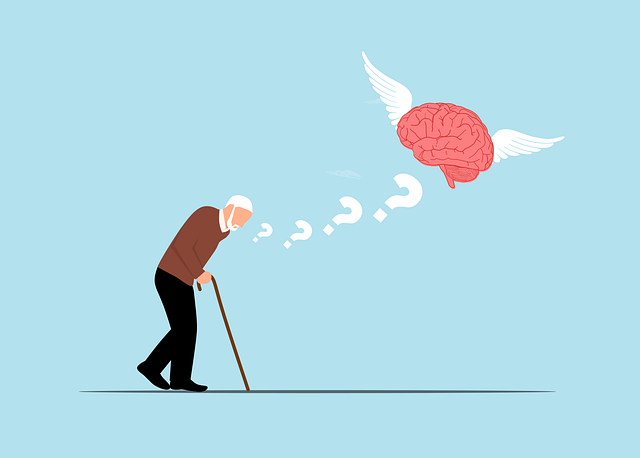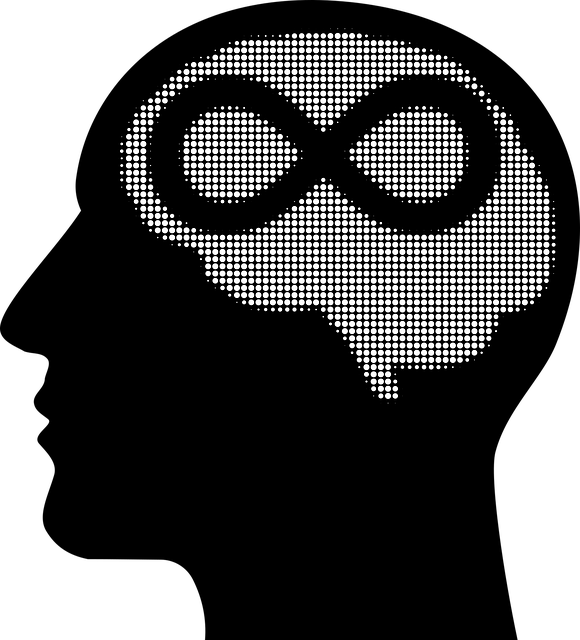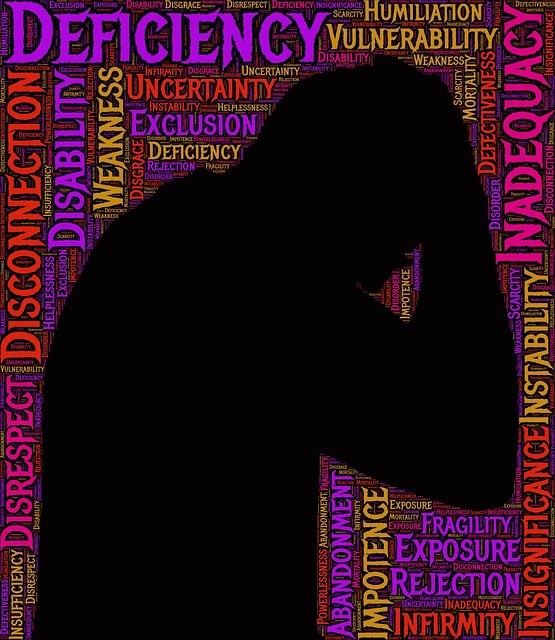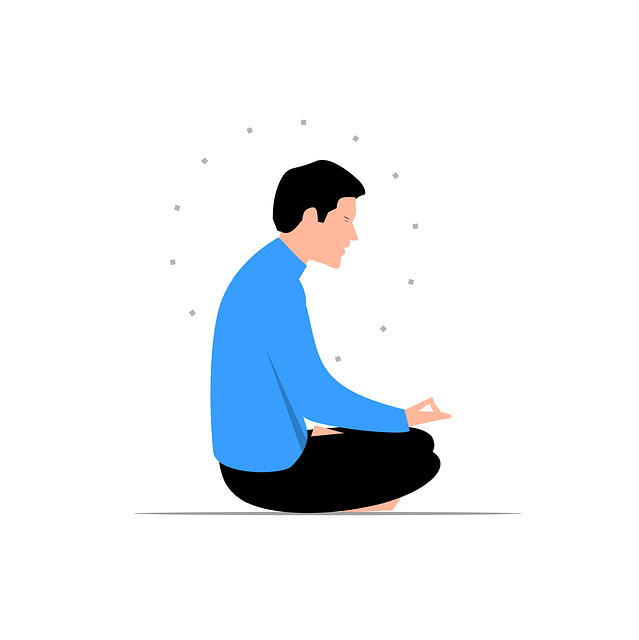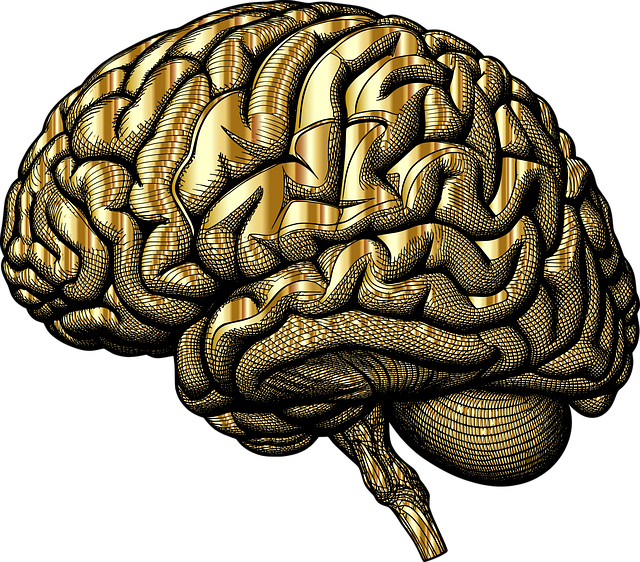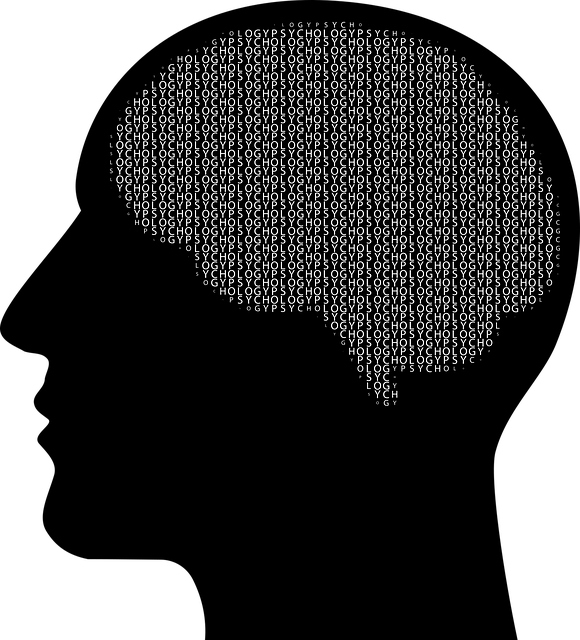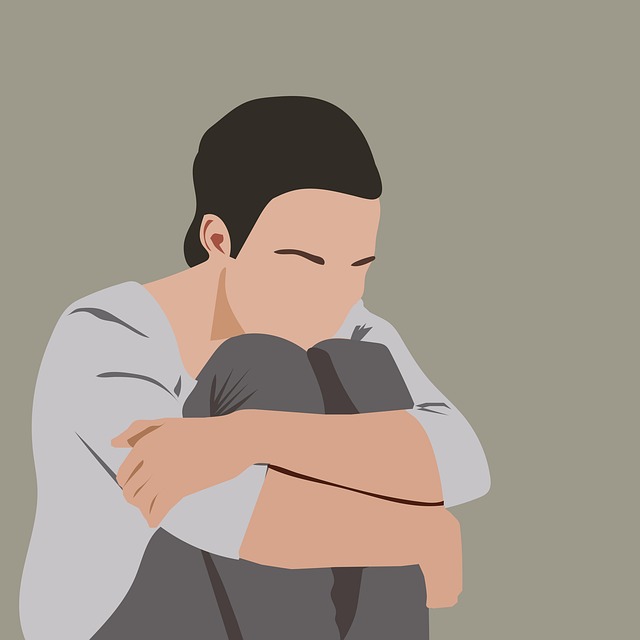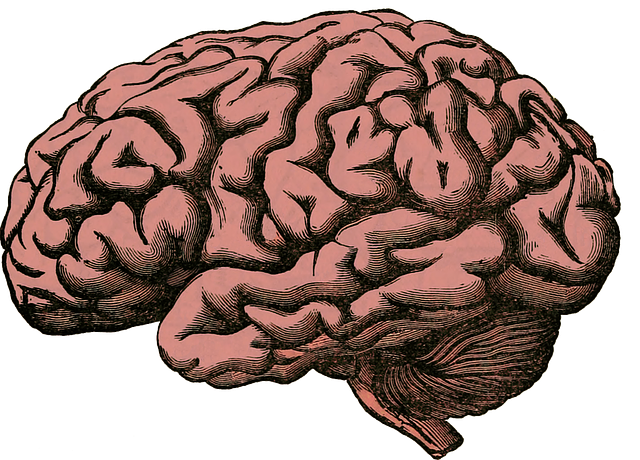Centennial Biofeedback Therapy, an evolution of mental wellness practices, combines historical insights with technology to monitor physiological signals like heart rate and brainwaves. It enables individuals to understand and manage emotional responses, fostering resilience and overall well-being while reducing stigma around mental illness. Resilience Building Exercises (RBE) incorporating Resilience, Flexibility, and Mindfulness (RFM) gain popularity as a holistic approach to stress management. Biofeedback, a core component of Centennial Biofeedback Therapy, enhances self-awareness, helps manage stress, anxiety, and other mental health challenges, and promotes cultural sensitivity in mental healthcare. Integrating biofeedback techniques into daily routines empowers individuals to regulate physiological responses, handle high-pressure situations, prevent burnout, and cultivate resilience. Case studies show its effectiveness in reducing anxiety and depression symptoms, making it a powerful tool for promoting mental health awareness.
“Uncover the powerful synergy between Centennial Biofeedback Therapy and Resilience Building Exercises (RFM). This article delves into the historical context of biofeedback, exploring its evolution as a therapeutic tool. We dissect the integral role of RFM in enhancing resilience, coupled with the profound mental health benefits of biofeedback. Through practical insights and real-world case studies, we demonstrate the successful integration of Centennial Biofeedback Therapy into daily routines. Discover how these techniques can revolutionize stress management and foster emotional well-being.”
- Understanding Centennial Biofeedback Therapy: A Historical Perspective
- The Role of RFM in Resilience Building Exercises
- Benefits and Applications of Biofeedback for Mental Health
- Implementing Biofeedback Techniques in Everyday Life
- Case Studies: Successful Integration of Centennial Biofeedback Therapy
Understanding Centennial Biofeedback Therapy: A Historical Perspective

Centennial Biofeedback Therapy, a pioneering approach to mental wellness, has evolved over centuries, offering valuable insights into the mind-body connection. Historically, this therapy traces its roots back to the early 20th century when scientists and researchers began exploring the relationship between physiological responses and psychological states. The term “biofeedback” itself emerged in the 1960s, symbolizing a shift towards using technology to monitor and regulate bodily functions.
This therapeutic technique leverages mental wellness journaling exercises and social skills training to empower individuals in understanding and managing their emotional responses. By providing real-time feedback on physiological signals like heart rate, skin conductance, and brainwave patterns, Centennial Biofeedback Therapy guides people through a process of self-regulation. Over time, this practice has been integrated into various mental illness stigma reduction efforts, offering a non-invasive and effective way to enhance resilience and promote overall well-being.
The Role of RFM in Resilience Building Exercises

Resilience Building Exercises (RBE) have gained significant importance in today’s fast-paced world where stress and mental health challenges are prevalent. Here, RFM, or Resilience, Flexibility, and Mindfulness, plays a pivotal role. This holistic approach to well-being integrates various techniques like Centennial Biofeedback Therapy to enhance an individual’s capacity to navigate life’s demands. By focusing on the three core components, RBE equips people with the tools to manage stress, build mental fortitude, and promote overall mental wellness.
The implementation of RFM in RBE is particularly effective in burnout prevention and anxiety relief. Mindfulness practices, a key element within RFM, teach individuals to be present and aware without judgment. This awareness allows one to recognize early signs of stress or anxiety, enabling prompt intervention and mitigation. Additionally, biofeedback therapy, under the RFM umbrella, provides valuable feedback about physiological responses, fostering a deeper understanding of one’s body and mind connection. As a result, individuals become more attuned to their emotional needs, leading to improved coping mechanisms and enhanced resilience in the face of life’s challenges.
Benefits and Applications of Biofeedback for Mental Health

Biofeedback, a powerful tool within Centennial Biofeedback Therapy, offers numerous benefits for enhancing mental health and well-being. By providing individuals with real-time data on their physiological responses, biofeedback allows for increased self-awareness—a key component in understanding and managing stress, anxiety, and other mental health challenges. This process enables people to learn how to regulate their bodies’ reactions, promoting a sense of control and empowerment over their emotional states.
The application of biofeedback goes beyond the clinic walls; it is integrated into various therapeutic settings and even daily life through modern technology. For instance, cultural sensitivity in mental healthcare practice can be enhanced using biofeedback, as it helps individuals from diverse backgrounds better communicate their experiences and needs. Moreover, mental wellness podcast series production often incorporates biofeedback exercises to engage listeners with interactive self-awareness practices. This accessibility makes biofeedback an inclusive tool for promoting mental wellness, catering to a wide range of audiences through innovative approaches like the Mental Wellness Podcast Series.
Implementing Biofeedback Techniques in Everyday Life

Incorporating biofeedback techniques into daily routines offers a powerful approach to stress management and enhancing overall well-being. Centennial Biofeedback Therapy, for instance, has gained recognition as an effective method to teach individuals how to regulate their physiological responses. By learning to control heart rate, muscle tension, and brainwaves, people can better manage stress and anxiety in various aspects of life. This form of therapy is particularly beneficial for healthcare providers who often face high-pressure situations, enabling them to implement burnout prevention strategies and maintain optimal mental health.
Self-care practices are integral to this process, allowing individuals to take charge of their physiological state. Biofeedback provides a unique opportunity for self-awareness, empowering people to recognize and modify their body’s reactions. This can be particularly valuable in preventing the onset of stress-related disorders and promoting resilience in challenging circumstances. By integrating biofeedback exercises into daily routines, whether through specialized devices or simple mindfulness practices, individuals can cultivate a deeper sense of control and enhance their ability to navigate life’s demands.
Case Studies: Successful Integration of Centennial Biofeedback Therapy

The successful integration of Centennial Biofeedback Therapy (CBT) into various settings has demonstrated its potential in enhancing resilience and improving mental health outcomes. CBT, a form of biofeedback therapy, focuses on teaching individuals to regulate their physiological responses to stress, thus fostering emotional healing processes. Case studies show that this therapeutic approach can significantly reduce symptoms associated with anxiety and depression prevention, making it an effective tool for promoting mental health awareness.
By combining traditional talk therapy with real-time feedback from sensors monitoring physical responses, CBT empowers clients to gain deeper insights into their emotional states. This hands-on method has proven particularly beneficial in various populations, including students, military personnel, and individuals struggling with chronic stress or trauma. Through regular practice, participants learn to identify triggers and develop coping strategies, ultimately building resilience and improving overall well-being.
Centennial Biofeedback Therapy, with its rich historical context, offers a powerful tool for resilience building through RFM exercises. By integrating biofeedback techniques into daily life, individuals can significantly enhance mental health and overall well-being. The case studies presented demonstrate the successful application of this therapy, underscoring its potential to revolutionize mental healthcare. As we navigate the challenges of modern living, Centennial Biofeedback Therapy provides a game-changing approach to fostering resilience and improving lives.
